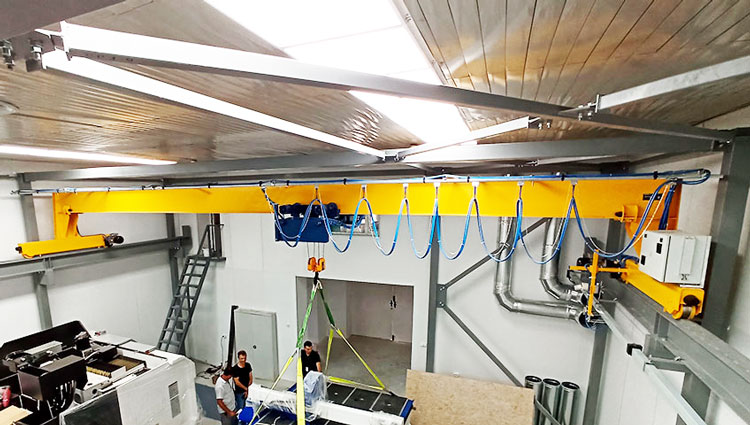Bridge cranes are essential in many industries as they help in lifting and moving heavy loads from one place to another. However, the lifting height of bridge cranes can be influenced by several factors. These factors can either be internal or external. In this article, we will discuss the factors that affect the lifting height of bridge cranes.
1. Crane capacity
One of the primary factors that affect the lifting height of bridge cranes is the crane’s capacity. The capacity of a crane refers to the maximum weight it can lift, which generally decreases as the lifting height increases. A crane with a higher capacity can lift heavier loads at lower heights but may not be able to lift the same loads at higher heights.
2. Trolley speed
The speed of the trolley that moves the load along the bridge of the crane can significantly influence the lifting height. A slow-moving trolley may not be able to lift the load to high heights as it may not have enough momentum to overcome the force of gravity.
3. Hook height
The hook height is the vertical distance from the ground to the point where the crane hook picks up the load. The hook height can significantly impact the crane’s lifting height, as the distance from the hook to the ground can affect the crane’s lifting capacity.
4. Environmental factors
Environmental factors such as wind, rain, snow, and temperature can also affect the lifting height of a bridge crane. Windy conditions can cause the crane to sway, making it challenging to lift loads at higher heights. Rain, snow, and temperature can affect the strength of the crane’s components, reducing its overall capacity.
5. Maintenance
The maintenance of the crane is also a crucial factor affecting the lifting height. Regular maintenance of the crane ensures that it is operating at peak capacity, reducing the likelihood of system failure and increasing its lifting height.
Post time: Jul-14-2023









